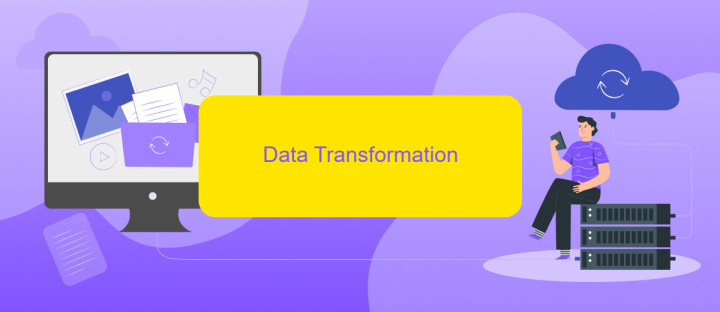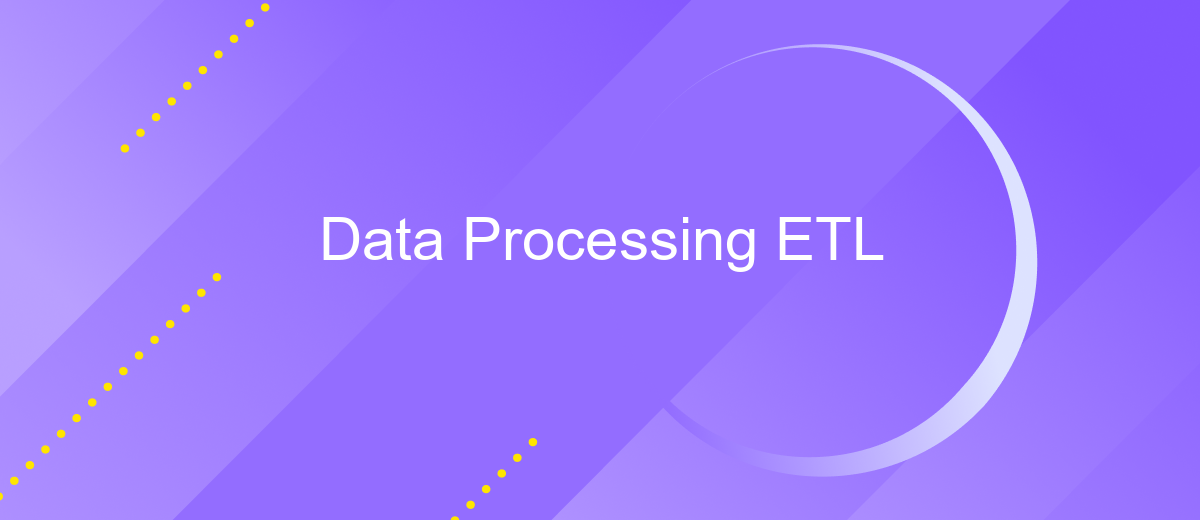Data Processing ETL
Data Processing ETL (Extract, Transform, Load) is a crucial methodology in the field of data management and analytics. It involves extracting data from various sources, transforming it into a suitable format, and loading it into a target system for analysis. This process ensures data consistency, quality, and accessibility, enabling businesses to make informed decisions based on accurate and timely information.
Introduction
Data processing ETL (Extract, Transform, Load) is a crucial methodology in modern data management. It involves extracting data from various sources, transforming it into a suitable format, and loading it into a target system for analysis. This process ensures that data is clean, consistent, and ready for use in business intelligence and analytics.
- Extract: Collect data from multiple sources like databases, APIs, and files.
- Transform: Clean, enrich, and convert data into a usable format.
- Load: Import the transformed data into a target system like a data warehouse.
With the rise of cloud services and APIs, integrating various data sources has become more accessible. Tools like ApiX-Drive simplify the setup of these integrations, allowing businesses to automate data flows without extensive coding. By leveraging such services, companies can streamline their ETL processes, ensuring timely and accurate data delivery for decision-making.
Data Extraction

Data extraction is the initial phase of the ETL process, where raw data is collected from various sources. These sources can include databases, cloud storage, APIs, and even flat files. The goal is to gather all relevant information needed for further processing and analysis. This stage is crucial as it lays the foundation for subsequent steps, ensuring that the data pipeline is fed with accurate and comprehensive data.
One of the effective ways to streamline data extraction is through the use of integration services such as ApiX-Drive. ApiX-Drive allows for seamless connectivity between multiple data sources and destinations, automating the extraction process. By leveraging such tools, businesses can save time and reduce the risk of errors, ensuring that data is consistently and reliably collected. This not only enhances the efficiency of the ETL process but also ensures that the extracted data is ready for transformation and loading into the desired systems.
Data Transformation

Data transformation is a crucial step in the ETL process, converting raw data into a format suitable for analysis. This step ensures that data is consistent, accurate, and usable for downstream processes. Transformations may include data cleaning, aggregation, and enrichment, among other tasks.
Key steps in data transformation include:
- Data Cleaning: Removing duplicates, correcting errors, and handling missing values.
- Data Aggregation: Summarizing data to provide a higher-level overview.
- Data Enrichment: Integrating additional information to enhance data quality.
- Data Normalization: Standardizing data formats for consistency.
- Data Integration: Combining data from different sources to create a unified dataset.
Using tools like ApiX-Drive can significantly streamline the data transformation process. ApiX-Drive automates the integration of various data sources, allowing for seamless data flow and transformation. This ensures that your data is always up-to-date and ready for analysis, saving time and reducing the risk of errors.
Data Loading

Data loading is a critical phase in the ETL (Extract, Transform, Load) process, where transformed data is moved into a target data warehouse or database. This step ensures that the processed data is readily available for analysis and reporting, enabling businesses to make data-driven decisions effectively. Efficient data loading requires careful planning to handle large volumes of data without compromising performance.
One of the key considerations during data loading is the choice of tools and services that facilitate seamless integration. ApiX-Drive is a robust service that simplifies the integration process by providing automated workflows and connectors to various data sources. This ensures that data is consistently and accurately loaded into the target system, minimizing the risk of errors and data loss.
- Automated data synchronization
- Scalability to handle large datasets
- Support for multiple data sources and destinations
- User-friendly interface for easy configuration
Incorporating a reliable service like ApiX-Drive in the data loading phase can significantly enhance the efficiency and accuracy of the ETL process. By automating repetitive tasks and ensuring seamless data integration, businesses can focus on leveraging their data for strategic insights and growth.


ETL Optimization
ETL optimization is crucial for enhancing the efficiency and performance of data processing workflows. One effective strategy is to streamline the extraction process by minimizing data volume through filtering and selecting only necessary data. This reduces the load on the ETL system and accelerates subsequent steps. Additionally, leveraging incremental extraction techniques can further optimize performance by only processing new or changed data, rather than reprocessing entire datasets.
Another key aspect of ETL optimization is optimizing the transformation and loading stages. Implementing parallel processing and partitioning can significantly reduce processing times. Utilizing robust integration services like ApiX-Drive can also enhance optimization efforts. ApiX-Drive allows seamless integration of various data sources and automates data workflows, ensuring efficient and timely data processing. By automating repetitive tasks and providing real-time data synchronization, ApiX-Drive reduces manual intervention and potential errors, thereby optimizing the entire ETL process.
FAQ
What is ETL in data processing?
Why is ETL important for businesses?
How can I automate the ETL process?
What are some common challenges in ETL processes?
How do I ensure data quality in ETL processes?
Apix-Drive is a simple and efficient system connector that will help you automate routine tasks and optimize business processes. You can save time and money, direct these resources to more important purposes. Test ApiX-Drive and make sure that this tool will relieve your employees and after 5 minutes of settings your business will start working faster.

